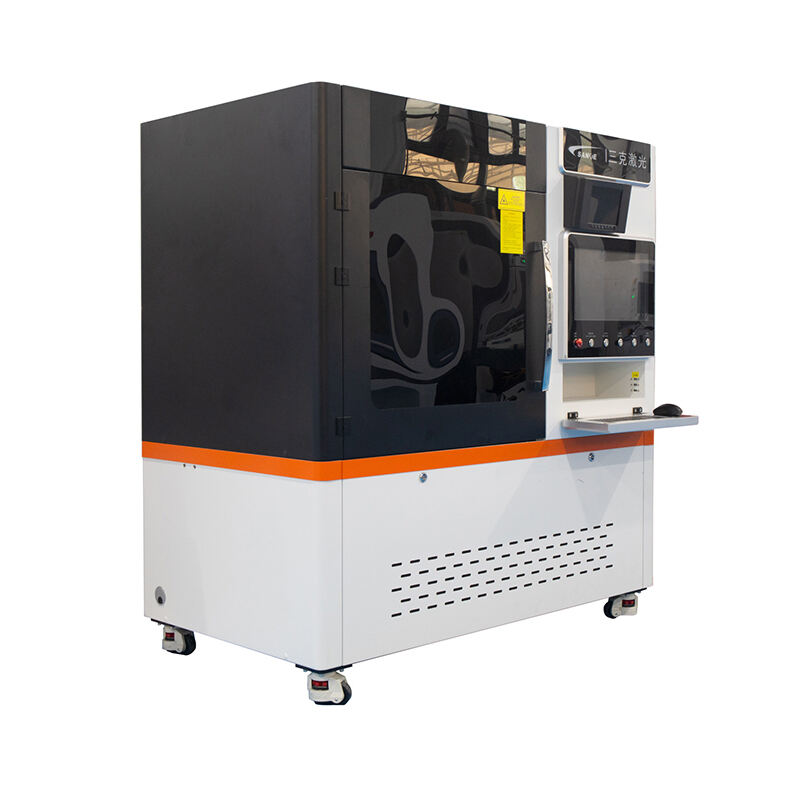Revolutionary Advances in Optical Engineering
The evolution of field lens technology represents one of the most significant breakthroughs in modern optical engineering. These sophisticated optical elements have transformed how we capture, process, and interpret visual information across multiple industries. From microscopy to astronomical observations, field lens systems continue to push the boundaries of what's possible in image capture and processing.
As we delve into the cutting-edge developments in field lens technology, we'll explore how these innovations are reshaping various sectors and opening new possibilities for scientific research, industrial applications, and consumer electronics. The integration of advanced materials and precision engineering has elevated field lens capabilities to unprecedented levels.
Core Components and Design Principles
Advanced Material Science in Lens Manufacturing
Modern field lens construction incorporates state-of-the-art materials that enhance optical performance while reducing aberrations. High-grade optical glass, engineered polymers, and specialized coatings work in concert to deliver superior image quality. The latest manufacturing processes ensure precise control over lens curvature, thickness, and surface smoothness.
Nano-structured coatings applied to field lens surfaces minimize reflection and improve light transmission. These advanced materials also contribute to better durability and resistance to environmental factors, extending the operational lifespan of optical systems.
Precision Engineering and Assembly Techniques
The manufacturing of field lens systems demands extraordinary precision. Computer-controlled grinding and polishing processes achieve surface accuracy to within nanometers. Advanced assembly techniques ensure perfect alignment of multiple lens elements, critical for maintaining optical performance across the entire field of view.
Quality control systems utilizing interferometry and wavefront analysis verify the optical characteristics of each field lens component. This rigorous testing ensures consistency and reliability in the final product.
Applications Across Industries
Scientific Research and Laboratory Applications
In scientific research, field lens technology enables breakthrough discoveries through advanced microscopy and spectroscopy. High-resolution imaging systems equipped with specialized field lens arrangements allow researchers to observe cellular structures and molecular interactions with unprecedented clarity.
Environmental scientists utilize field lens systems in remote sensing applications, monitoring ecosystems and tracking climate change impacts. The ability to capture detailed data across wide areas has revolutionized our understanding of environmental processes.
Industrial and Manufacturing Implementation
Manufacturing facilities increasingly rely on field lens technology for quality control and automation. Machine vision systems equipped with advanced field lens arrays enable real-time inspection of production lines, detecting defects with microscopic precision.
The semiconductor industry particularly benefits from field lens innovations, as chip manufacturing requires extreme precision in photolithography processes. These systems enable the production of increasingly miniaturized electronic components.
Future Developments and Trends
Integration with Artificial Intelligence
The convergence of field lens technology with artificial intelligence is opening new frontiers in image processing and analysis. Machine learning algorithms can now optimize lens parameters in real-time, adapting to changing conditions and requirements.
Smart optical systems incorporating field lens technology are becoming increasingly autonomous, capable of self-calibration and automatic performance optimization. This integration promises to revolutionize applications from medical imaging to autonomous vehicle navigation.
Emerging Applications in Virtual Reality
Virtual and augmented reality systems are driving innovation in field lens design. New configurations of field lens elements enable wider fields of view and reduced optical distortion, creating more immersive and comfortable user experiences.
The development of ultra-thin field lens arrays for VR headsets demonstrates the potential for miniaturization while maintaining optical performance. These advances are making VR technology more accessible and practical for everyday use.
Frequently Asked Questions
What makes field lens technology different from conventional lenses?
Field lens technology differs from conventional lenses through its specialized design optimized for maintaining image quality across a wider field of view. These systems often incorporate multiple elements and advanced materials to minimize distortion and aberrations, making them ideal for applications requiring uniform image quality across large areas.
How does temperature affect field lens performance?
Temperature variations can impact field lens performance through thermal expansion and contraction of materials. Modern field lens systems incorporate temperature-compensating designs and materials to maintain optimal performance across a wide range of environmental conditions.
What maintenance is required for field lens systems?
Field lens systems require regular cleaning with appropriate optical cleaning materials, periodic alignment checks, and protection from environmental factors such as dust and moisture. Professional calibration may be necessary for high-precision applications to ensure continued optimal performance.
 EN
EN
 AR
AR
 FR
FR
 DE
DE
 JA
JA
 KO
KO
 RU
RU
 ES
ES


